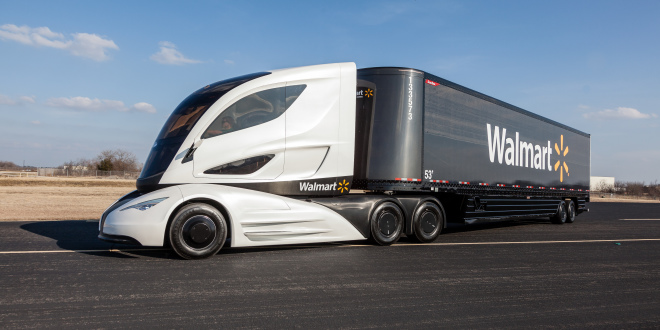
Over the last couple of years, sustainability became one of the hottest topics in the business world. We can’t say anyone should be surprised by this development. Putting aside the obvious environmental implications aside, sustainable practices make organizations leaner, affordable, and much more efficient so they bring more than tangible benefits to the companies in question. That brings us to the question – can these sustainable practices successfully be implemented in a supply chain and make this critical part of the modern economy a bit greener. The short answer is yes, and much like in the processes like manufacturing, sustainable practices can do a lot to refine the supply chains as well.
So, let us take a look at a couple of ways you can leverage this situation to the benefit of your company.
Reduce the waste and use recyclable materials
This is one of the most efficient ways companies can improve their sustainability within the supply chain or not. The supply chain, as a whole, creates large quantities of waste at all instances ranging from offices to the end-point delivery. Moving the computing infrastructure to Cloud, eliminating the paper documents, and switching to recyclable package materials can drastically cut your operating costs while still meeting the eco-friendly agenda. Putting things into perspective, office paper and paper-based packaging eat up to 40% of all industrial wood used globally – you can do your part to bring these numbers down.

Employ the strategy of cross-docking
If you are not familiar with the term, cross-docking describes the practice of unloading the cargo from the inbound truck and transferring it directly to the outgoing vehicle. This way, the cargo doesn’t spend more than a single day at the lot of your company. What are you getting out of this strategy?
Well, in most cases, the freight won’t even enter your warehouse which creates an entire cascade of positive effects. You won’t need to spend the energy on loading, you won’t have to make additional records, and you won’t have to power up the facilities. All these small things produce excellent cumulative results.
Start using LTL instead of FTL shipping procedures
FTL and LTL stand for Full Truckload and Less Than Truckload. In the first case, you would hire out the entire space of cargo regardless of whether you are going to use it to the full extent and without concern for the logistical issues. On the other hand, LTL is an excellent way to optimize this process by sharing the cargo space with the freight from multiple companies and using the full cargo potential.
This form of freight may be less expedient since it involves multiple parties and some level of downtime, but it is much more fuel-efficient, eliminates a lot of waste and human labor, and represents a more eco-friendly solution.

Streamline the cash flow
Although at first glance it doesn’t look like an important sustainability factor, cash flow has an incredible influence on all facets of your company. You can look at this topic just like the issue of cross-docking but expanded on the scale of the entire company. For instance, the inability to collect invoices can disrupt all the processes within your supply chain wasting energy, manpower, and more resources in the process.
Making an agreement with a debtor finance company and getting the 80% of the uncollected invoices within 24 can infuse financial injection to your company, speed things up and eliminate eventual wastes.
Save as much energy as you can
All the strategies we have suggested above were, in some capacity, aimed at reducing energy costs. Now, it’s time to attack this issue head-on. One of the easiest ways to do that is to replace traditional lighting fixtures with much more efficient LED alternatives.
Other measures you can consider are to install more efficient insulation, make sure the refrigeration uses energy-efficient equipment, and make sure the vehicles are running at an optimal, fuel-efficient speed. Motion-activated lights as well as refining the procedures and equipment usage can only boost the results you are trying to achieve.

Put more effort into maintenance
This applies both to the maintenance of your physical equipment and assets as well as the entire supply chain. The COVID-19 outbreak threw a huge wrench in the global shipping machinery and now when we are two years into the crisis, our supply chain strategies need to adapt and refocus.
To put it simply, the old ways of thinking no longer apply to real-life circumstances, so if you want to properly maintain the supply chain during the pandemic you will need to diversify your suppliers, perform market research to find your new focus groups, and focus on the production of the critical supplies.
Wrapping up
We hope these few examples gave you a general idea about the strategies you can use to encourage a more eco-friendly supply chain and make your company more profitable in the process. When thinking about the environmental issues, supply chains rarely get the focus they deserve.
But, this sector plays a large role in the modern industry and, as such, leaves a substantial environmental footprint. These few tips are far from a complete story but they should give you a good starting point for addressing this problem.



